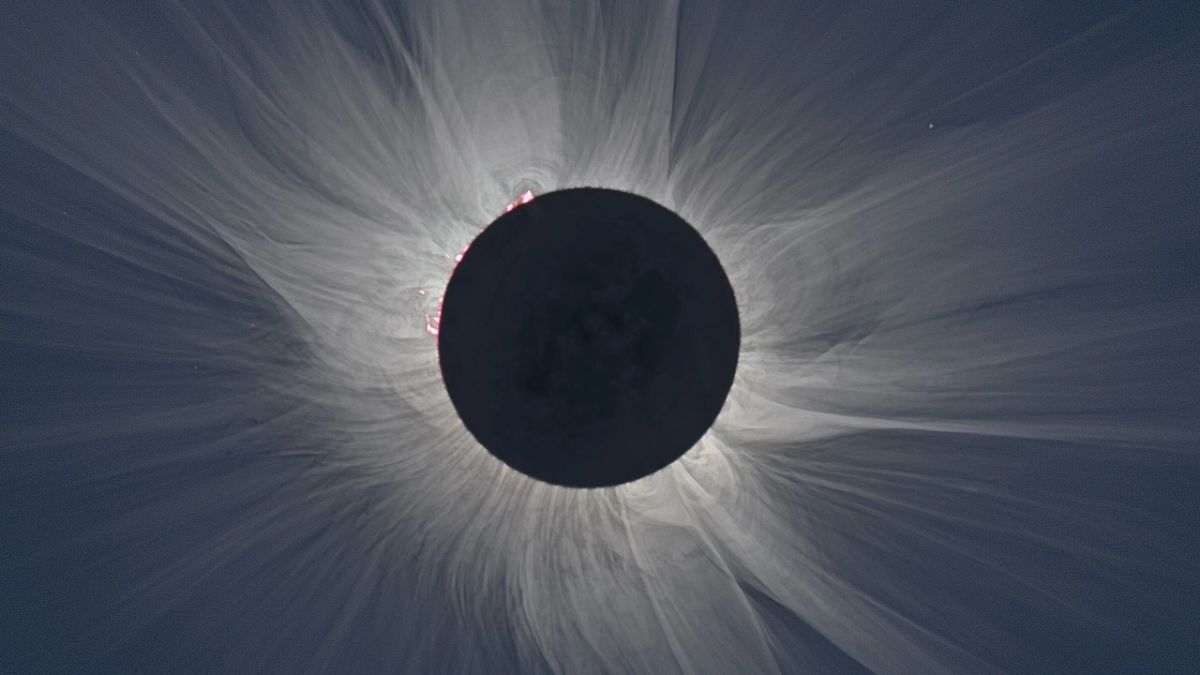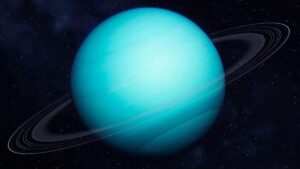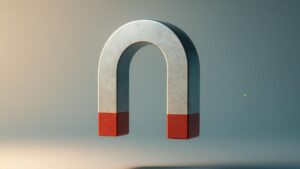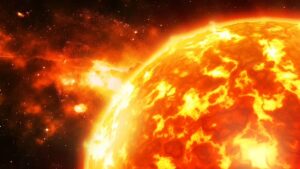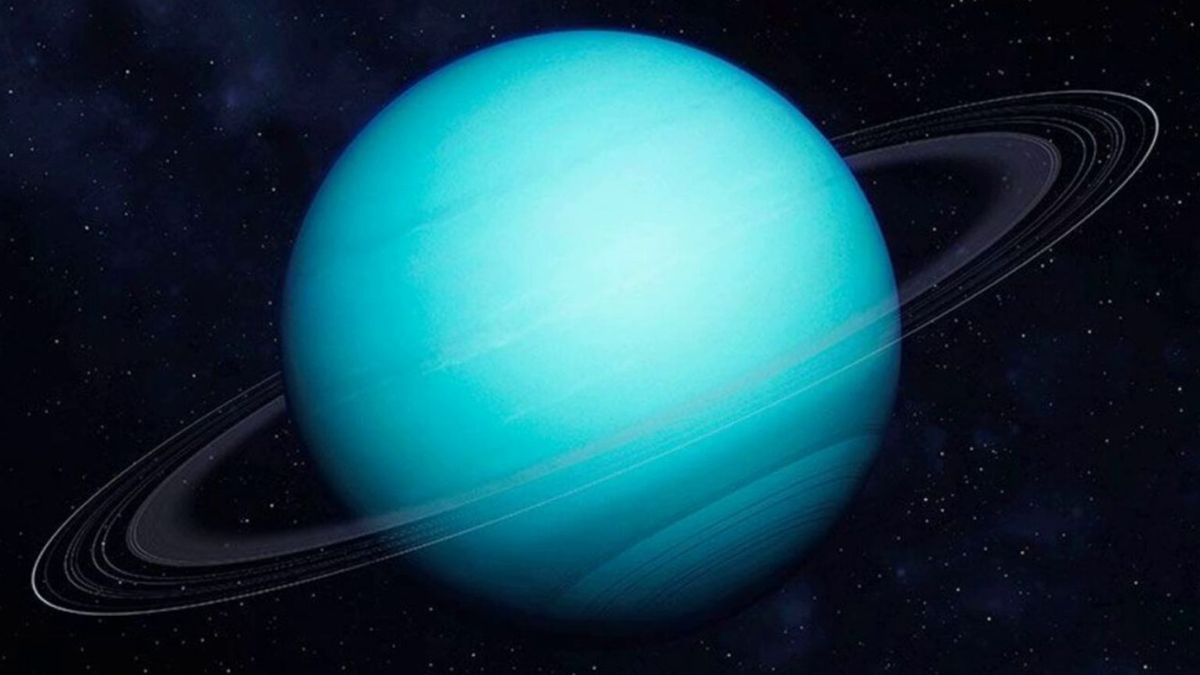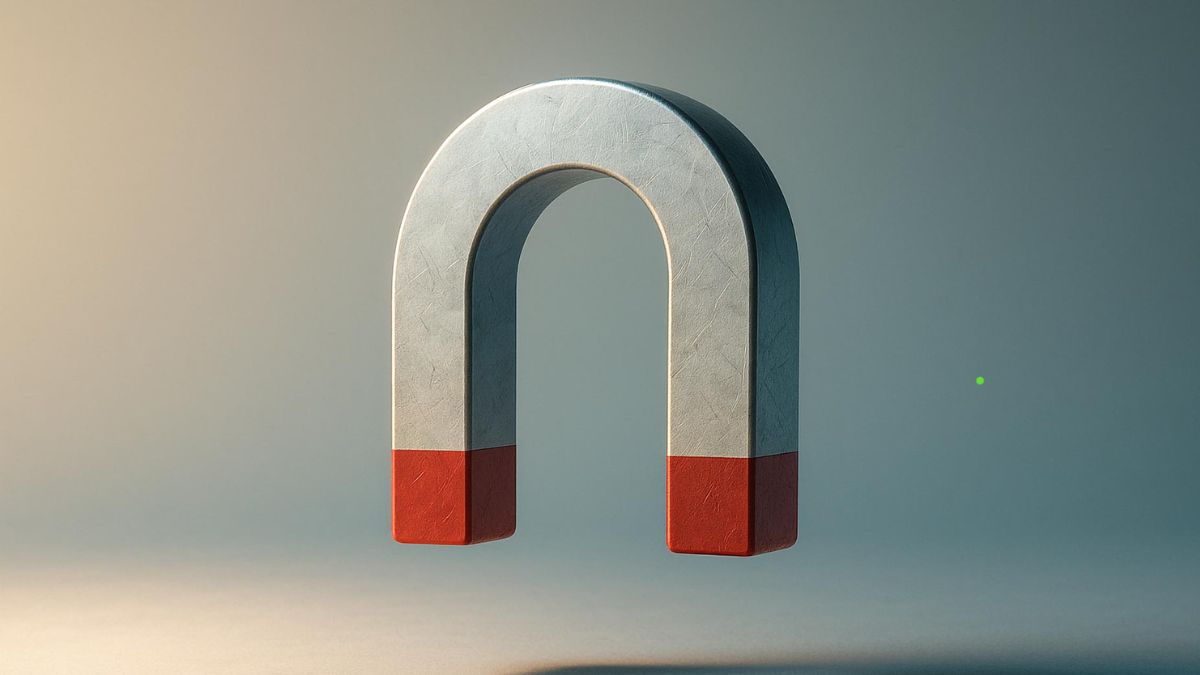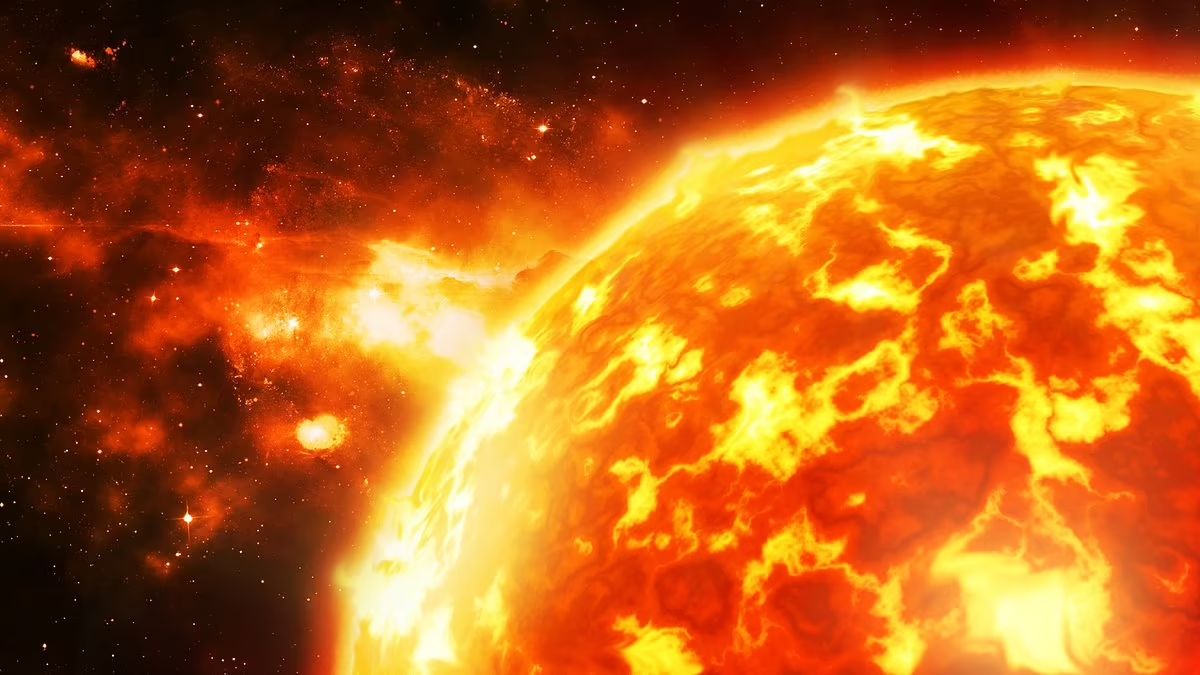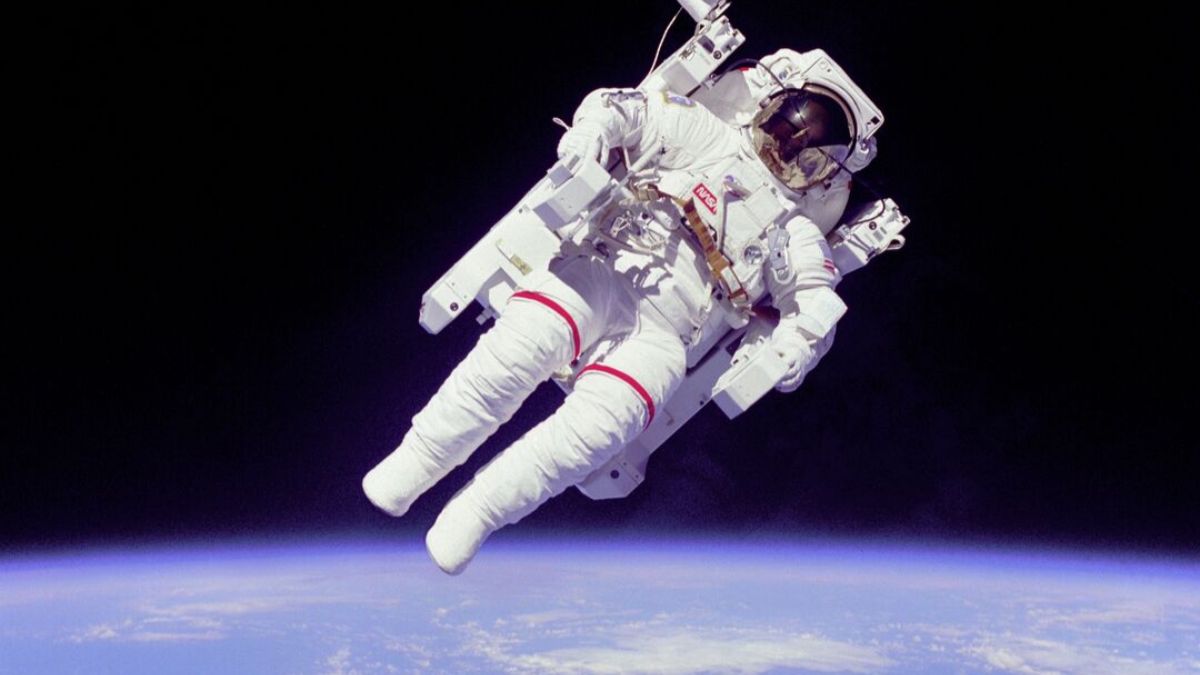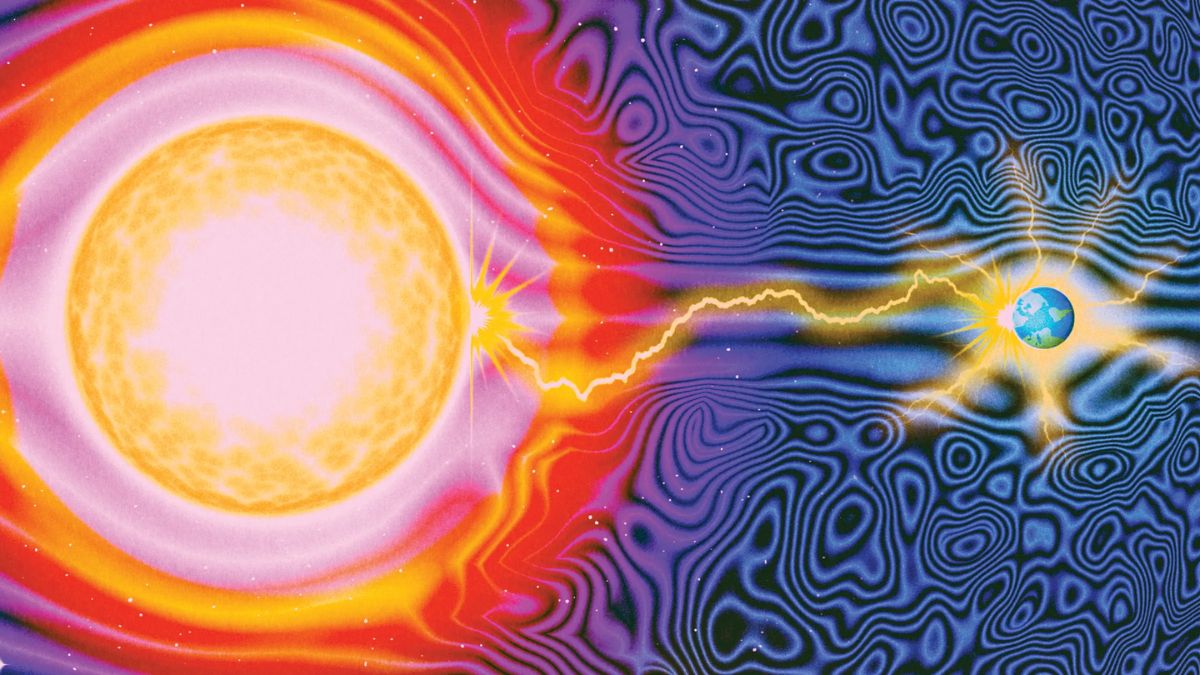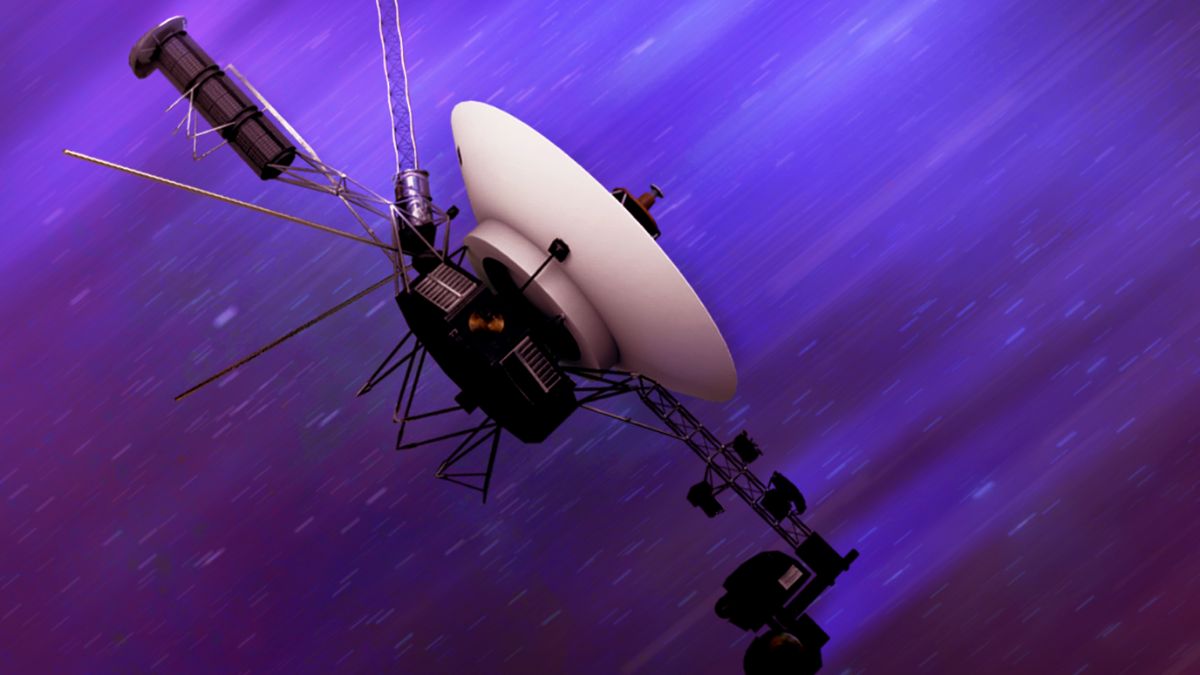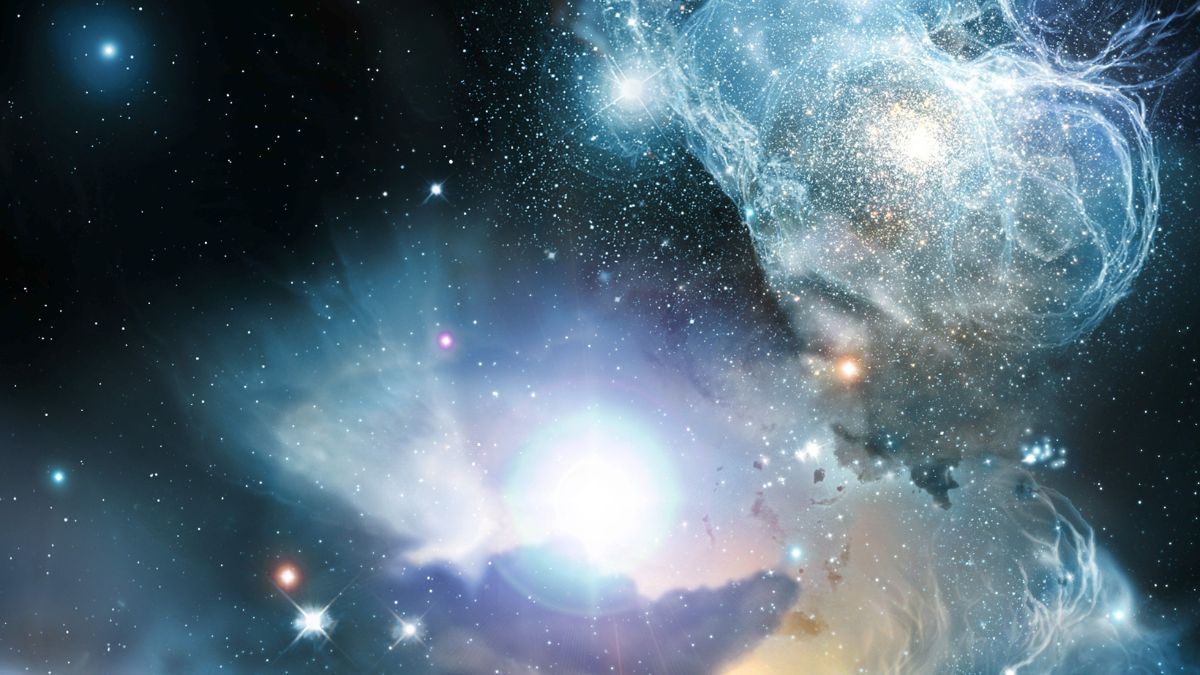NASA is at it again—and this time, it’s not about Mars, the Moon, or any far-off planet. Nope. This mission is all about the Sun—more specifically, the mysterious stream of charged particles known as solar wind. Say hello to PUNCH, the latest mission launched to give humanity a deeper look into what’s blowing through space… literally.
Sun
Let’s start with the basics. The Sun is the center of our Solar System, holding everything together with its massive gravity. But beyond just light and heat, the Sun is constantly blasting out particles into space. This stream is what scientists call solar wind—a powerful flow of energized particles that can affect satellites, communications, and even power grids on Earth.
NASA’s obsession with the Sun is justified. Right now, they have 20 active missions and 10 more on the way, many of which are focused on knowing the Sun’s behavior and its impact on space weather.
PUNCH
So, what exactly is PUNCH? Short for Polarimeter to Unify the Corona and Heliosphere, this mission officially kicked off on March 11. Its purpose? To study how the Sun’s corona (its outer atmosphere) transforms into the solar wind that fills our entire Solar System.
The coolest part? PUNCH doesn’t involve massive rockets or spacecraft—it’s made up of four small satellites, each equipped with high-tech imaging tools designed to monitor the Sun and nearby space.
Cameras
Each of these four satellites has a unique role. They carry two types of space cameras:
- NFI (Narrow Field Imager): Focuses on small, detailed parts of the Sun and its surroundings.
- WFI (Wide Field Imager): Captures the bigger picture—wide views of space and cosmic activity.
These aren’t your everyday cameras either. They’re equipped with coronagraphs and polarization filters to help scientists see things the naked eye never could.
Surprise
Here’s where things get unexpectedly cool. The NFI camera took its very first picture—and it wasn’t what scientists were expecting.
They accidentally misaligned the coronagraph slightly, and guess what? It worked out beautifully. The camera captured a stunning image of the New Moon, something they didn’t plan at all. The photo showed a glowing ring and a halo of light around the Moon, caused by sunlight bouncing off Earth and reflecting onto the Moon’s surface.
Sometimes, the best discoveries come from happy accidents.
Stars
The WFI cameras also delivered. All three of them—WFI-1, WFI-2, and WFI-3—captured images of different star groups and cosmic dust clouds. From the Pleiades (which looks like a mini spoon) to the Hyades (shaped like a V), these cameras are already helping scientists track celestial activity.
But it’s WFI-2 that stands out. Thanks to its light-polarizing filter, it was able to detect something called zodiacal light. That’s the faint glow we sometimes see in the night sky, created when sunlight hits tiny particles of dust in space.
Even cooler? This filter also shows the direction of light waves, which gives scientists clues about how solar wind spreads and moves.
Goals
Right now, PUNCH is in its testing phase. These early images are being used to calibrate the instruments—basically fine-tune the cameras so they’re ready for the big mission. Once everything’s set, the real work begins: gathering data.
The end goal? To understand:
- How solar wind forms
- How it affects satellites and Earth’s magnetic field
- What role it plays in space weather
- How it might have shaped the Solar System over billions of years
It’s not just about pretty pictures—this is information that can help protect our technology and deepen our understanding of the universe.
Future
The real excitement hasn’t even started yet. These satellites are just getting warmed up. Once fully operational, the data they collect could help us predict solar storms, protect satellites, and even explore how stars like our Sun evolve.
Just think: a few small satellites could unlock some of the biggest mysteries of space.
So yes, this mission truly packs a PUNCH—and the more we learn, the more amazed we’ll be by the star we’ve lived with our whole lives but barely know.
FAQs
What is NASA’s PUNCH mission?
It’s a mission to study how the Sun’s solar wind forms and moves.
What does PUNCH stand for?
PUNCH means Polarimeter to Unify the Corona and Heliosphere.
How many satellites are used in PUNCH?
Four small satellites are used, each with special cameras.
What is solar wind?
Solar wind is a stream of charged particles from the Sun.
Why is solar wind important?
It affects satellites, space weather, and Earth’s magnetic field.

